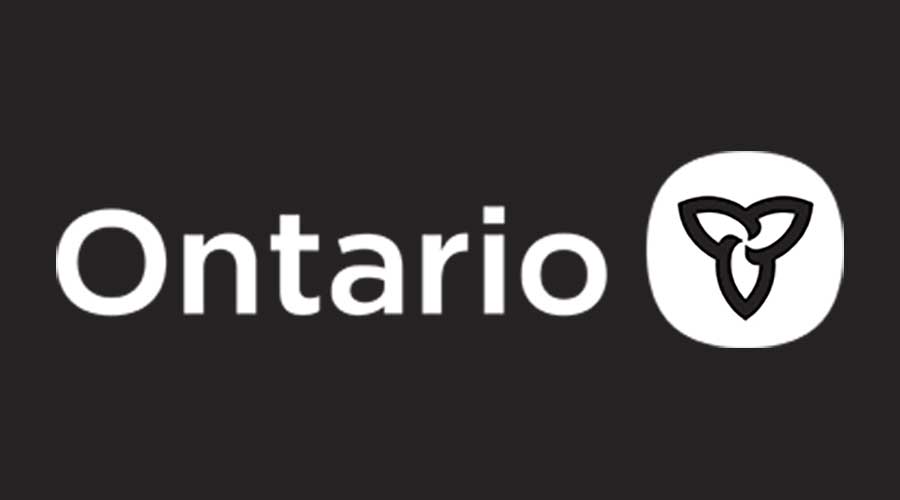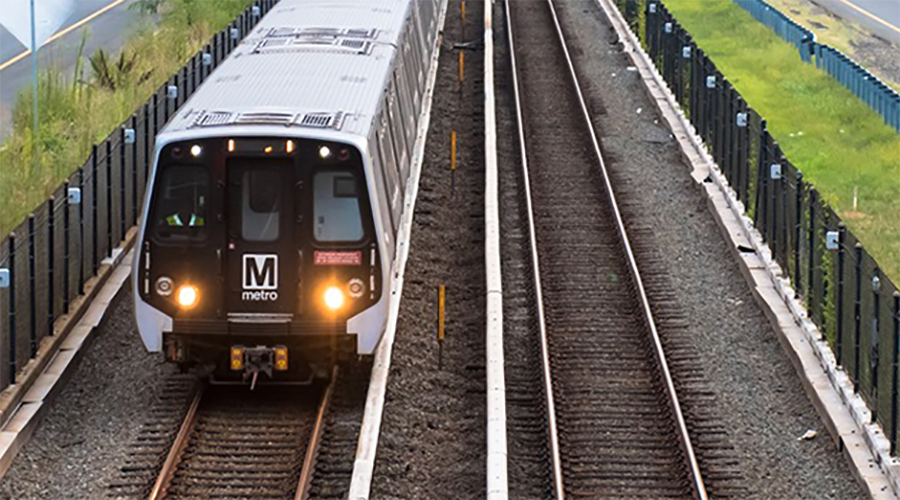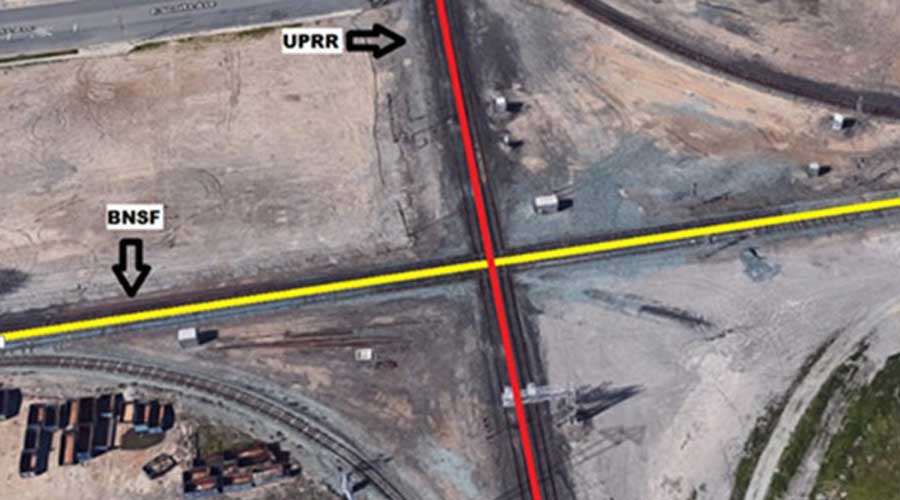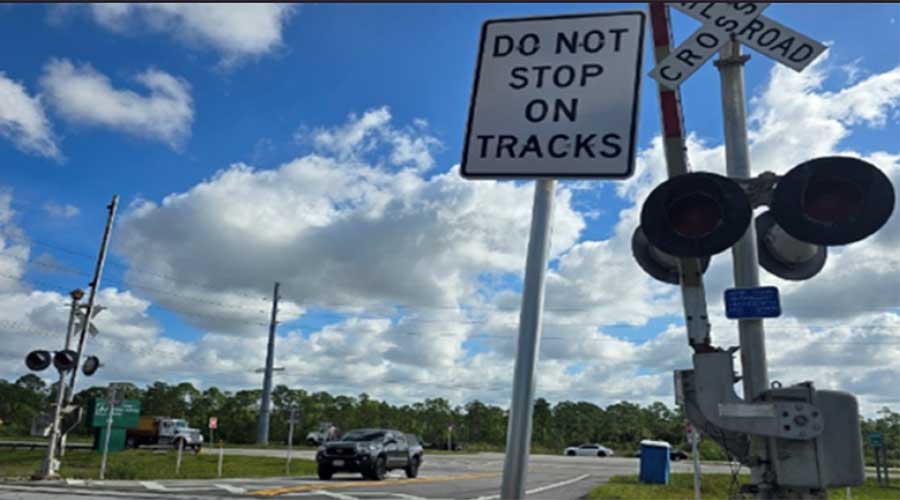Stay updated on news, articles and information for the rail industry
12/12/2023
Rail News: Rail Industry Trends
FAA grants MassDOT waiver to fly rail-inspection drones farther
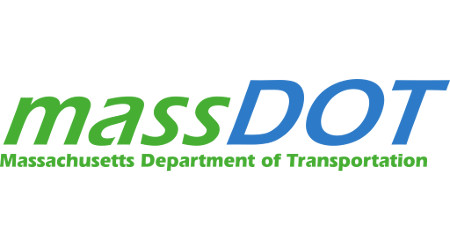
The Federal Aviation Administration (FAA) has granted the Massachusetts Department of Transportation (MassDOT) permission to fly unmanned aircraft over the state’s entire rail network, beyond visual line of sight or outside the remote drone operators' field of vision.
The drone waiver enables MassDOT's drone operations program to more efficiently collect data on more than 1,000 miles of track when monitoring for vegetation encroachment, flooding, storm damage or other impediments to further increase rail safety.
To assist the Massachusetts Bay Transportation Authority (MBTA) with vegetation and storm management, the program already has collected baseline imagery and data on the condition of rail tracks by flying over MBTA corridors, MassDOT officials said in a press release.
Before granting the waiver, the FAA reviewed a rigorous safety evaluation that MassDOT aeronautics division had performed. The evaluation builds on a previous narrower dispensation from the FAA allowing MassDOT to fly drones beyond visual line of sight over the MBTA’s Fitchburg Commuter Rail Line, including through controlled airspace managed by air traffic control.
"Safety is a priority of MassDOT and the MBTA and this waiver will help us inspect our state rails more often while also doing so more safely," said Massachusetts Transportation Secretary and CEO Monica Tibbits-Nutt.
MassDOT aeronautics partnered with the MBTA and The MITRE Corp. to devise a “blended” performance-based approach, providing flexibility to adjust operations according to variations in factors such as geography, urban density or airspace. For higher altitude flights, at more than 50 feet and as high as 400 feet above obstructions, remote drone operators will rely on a visual observer to ensure safe separation between the drones and crewed aircraft.
However, for drone flights up to 50 feet above rail lines or up to 50 feet above obstructions, MassDOT aeronautics has received a special obstruction-shielding waiver, with which drones can fly beyond visual lines of sight without the need for visual observers.
This blended, flexible approach to operations will allow MassDOT aeronautics to perform its mission more efficiently across a variety of landscapes with rail lines, department officials said.
Contact Progressive Railroading editorial staff.


 2025 MOW Spending Report: Passenger-rail programs
2025 MOW Spending Report: Passenger-rail programs
 Gardner steps down as Amtrak CEO
Gardner steps down as Amtrak CEO
 Guest comment: Oliver Wyman’s David Hunt
Guest comment: Oliver Wyman’s David Hunt
 Women of Influence in Rail eBook
Women of Influence in Rail eBook
 railPrime
railPrime





